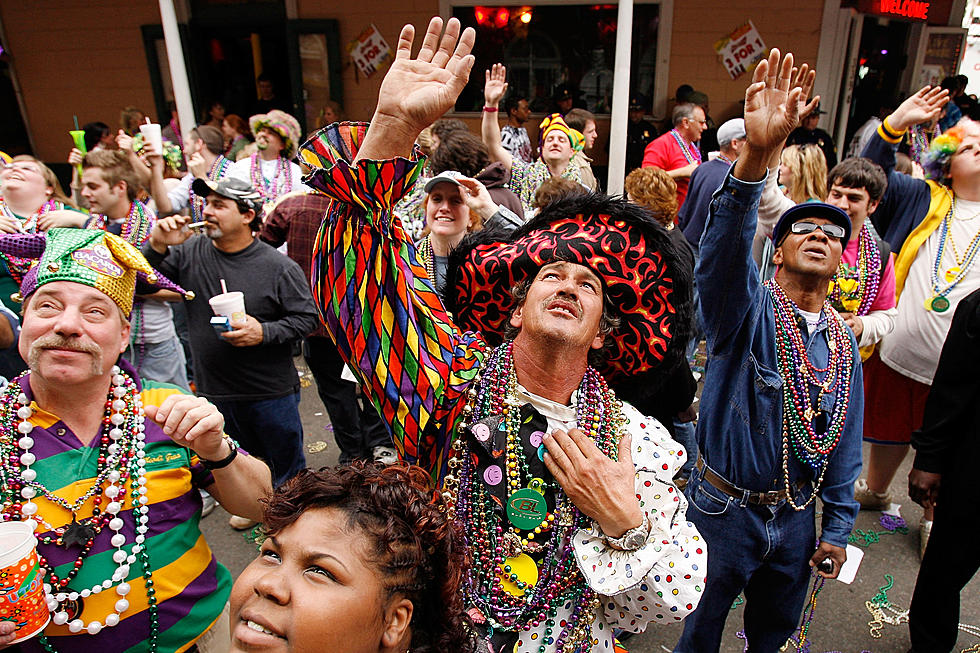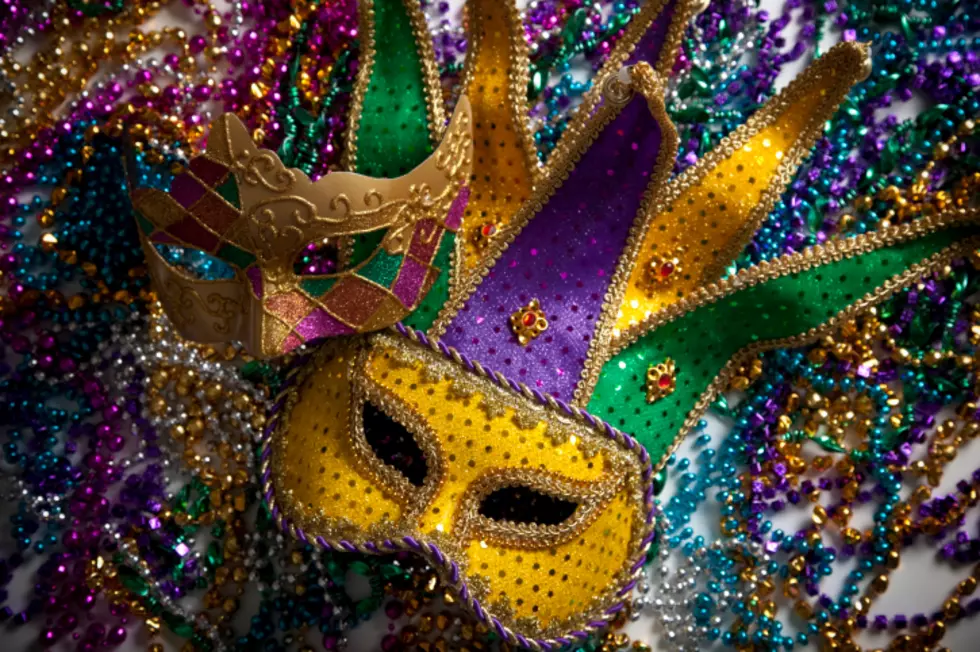
Ash Wednesday and Other Mardi Gras Facts
Mardi Gras officially ended at midnight last night. Today is Ash Wednesday. Many Christians either fast for 40 days or give up something they love. Many times, the thing they love is a certain food. I had a friend who gave up chocolate. That was a long 40 days.
Countdown of facts about Mardi Gras:
10. Ash Wednesday
Mardi Gras always ends on the Tuesday before Ash Wednesday. Because some individuals fast for lent, Mardi Gras or Fat Tuesday is considered the "last hoorah" before this 40-day fast. In the past centuries, individuals spent Mardi Gras stuffing their faces with food and alcohol.
9. "Fat Tuesday"
Mardi Gras in French is apparently translated into "Fat Tuesday." Some believe the name of the holiday comes from a fattened ox that was paraded on the streets before being sacrificed.
8. The Holiday is Global
In the U.S. Mardi Gras is famous in New Orleans, but the holiday is actually celebrated around the globe too.
7. Mardi Gras has official colors
The official colors for Mardi Gras are purple, green, and gold. The colors have meaning: purple represents justice, green is faith and gold symbolizes power.
6. Mardi Gras = Pancakes Day
In England, Ireland, Australia, New Zealand, and Canada, Mardi Gras is known as Pancake Day or "Pancake Tuesday" because the celebration specifically calls for eating pancakes to celebrate the holiday. In some countries, there are even pancake races to celebrate. Say what?
5. Mardi Gras is a Long Celebration
Although "Fat Tuesday" is famous, Mardi Gras is actually a long celebration. In fact, in some countries the celebration is six weeks and Mardi Gras is the culmination of the holidays. See, in some countries, the celebration starts on January 6 for the "Epiphany," which celebrates the bringing of gifts to Jesus from the wise men.
4. King's Cake
In some countries, King's Cake -- which is a wreath shaped purple, green, and gold cake -- is eaten for six weeks. Talk about gaining weight! The traditional Mardi Gras food usually has a baby Jesus baked into it, and whoever eats the piece with the figurine is believed to have good luck for the rest of the year.
3. Parade Floats
The tradition of people on floats handing stuff out to parade onlookers started in Renaissance Europe. Back then, parade participants received ale, meat, and even grain. Now, it's different, of course, because people throw beads.
2. Beaded Necklaces
The tradition of throwing beaded necklaces started in the early 1900s when a float had a Santa Claus throwing glass beaded necklaces into the crowd. It was such a hit, that it soon became a tradition, and that is exactly what Mardi Gras is known for today.
1. Boobs
The tradition of women baring their boobs to get beaded necklaces is fairly new. In fact, it only occurred in the past decade when women on Spring Break got too tipsy and started showing their stuff during the parade. Now, it's sort of synonymous.
More From Power 95.9









